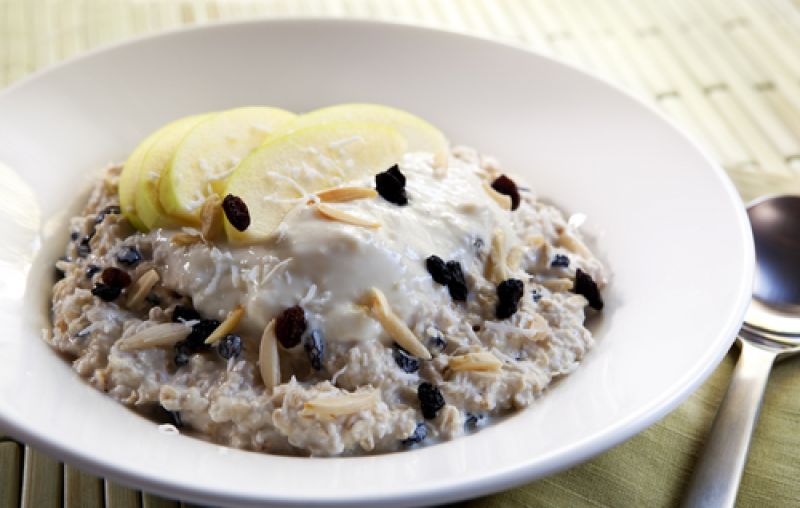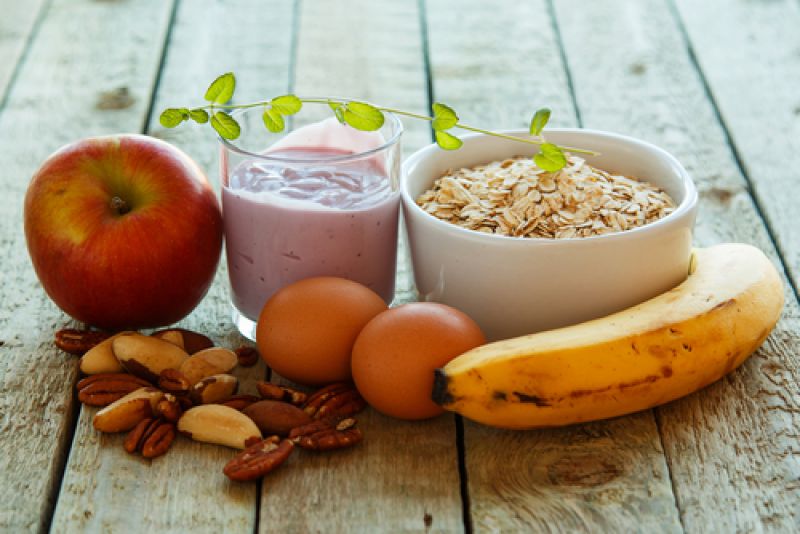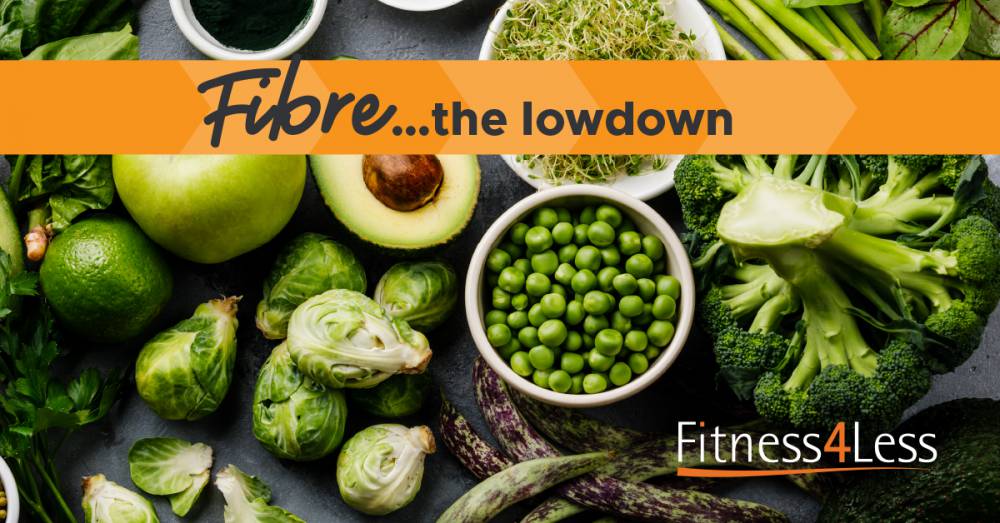Current government guidelines suggest that we should be eating 30g of fibre per day, as part of a healthy diet, compared with the 18g or less that most of us consume. The modern Western diet, based on highly processed and refined foods, loaded with fats, sugar and calories, but very low in roughage, does not generally contain enough fibre to keep us healthy. Eating sufficient dietary fibre is associated with a reduced risk of type 2 diabetes, heart disease, stroke and bowel cancer, so it’s vital that we increase the proportion of roughage in the foods we eat.
Dietary fibre is a type of carbohydrate, which our bodies are unable to digest, and it is found in fruit and vegetables, cereals, nuts, peas and beans and grains. It’s grouped into three categories – soluble fibre, insoluble fibre and resistant starch.
Soluble FibreThis is found in foods like porridge oats and barley, and when it dissolves in water, it forms a gluey, gel-like substance. It helps our digestive system by: -
- Supporting the growth of friendly bacteria in the gut, which ferment the fibre, keeping the digestive system healthy.
- Binding to cholesterol and reducing the amount that is absorbed by the body.
- Slowing the passage of food from the stomach to the intestine and the absorption of glucose into the bloodstream, thereby helping us feel fuller for longer. The F-Plan weight loss diet, which became a global sensation in the 1980s, was based on this principle. By restricting calories but increasing fibre intake, hunger pangs and the urge to overeat are reduced and the health of the digestive system is improved.
 Insoluble fibre
Insoluble fibreThis type of fibre, found in wholemeal bread, bran, nuts and vegetables, does not dissolve in water but is important in bulking our stools, preventing constipation, reducing the risk of haemorrhoids and diverticulitis, and keeping us “regular”. If you consume a lot of this type of fibre, it is important to drink plenty of fluids to keep your stools soft and easy to pass.
Resistant starchThis is naturally present in some foods such as bananas, potatoes, grains, pulses and seeds and is also incorporated into some commercially produced food products. Resistant starch cannot be digested in the small intestine but is fermented in the colon and is thought to prevent the formation of abnormal cells in the gut and reduce the risk of cancer.
Here are some tips to help you increase your fibre intake and improve your health without having to try too hard: -
- Choose a high fibre breakfast cereal like Shredded Wheat, Weetabix or porridge oats, served with semi-skimmed milk or low-fat yoghurt. Muesli may appear to be a healthy high fibre option but commercial mueslis and granolas can contain alarming amounts of sugar and salt.
- Rather than adding sugar to your cereal, top it with chopped banana, pear, fresh berries, a few raisins or some dried apricots to add sweetness and extra fibre.
- Choose wholemeal or granary bread, rather than white sliced, and choose whole-wheat pasta, brown rice or bulgur wheat.
- Bake potatoes and sweet potatoes in their jackets and leave the skins on boiled new potatoes – just scrub them clean before cooking.
- Don’t peel apples and pears before eating them; just wash them well.
- Add tinned pulses like cannellini, haricots, borlotti or butter beans or chickpeas to soups and stews and read the label to make sure they don’t include any added sugar or salt.
- Aim to eat at least five fruits and vegetables per day (more if you can) – even baked beans count and they’re high in fibre too.
- Snack on a small handful of nuts, such as plain unsalted almonds or hazelnuts, a piece of fresh fruit or some well-scrubbed baby carrots, radishes or celery.

And don’t be put off by the unfortunate side effect of increasing your fibre intake – such as bloating and wind. Introducing more fibre–rich foods gradually and keeping to small portions, should minimise this problem. The large intestine and gut bacteria gradually adapt to the increased intake and symptoms usually decrease with time.
![]()
![]()
![]() blog
blog![]()
![]()
![]() blog
blog

